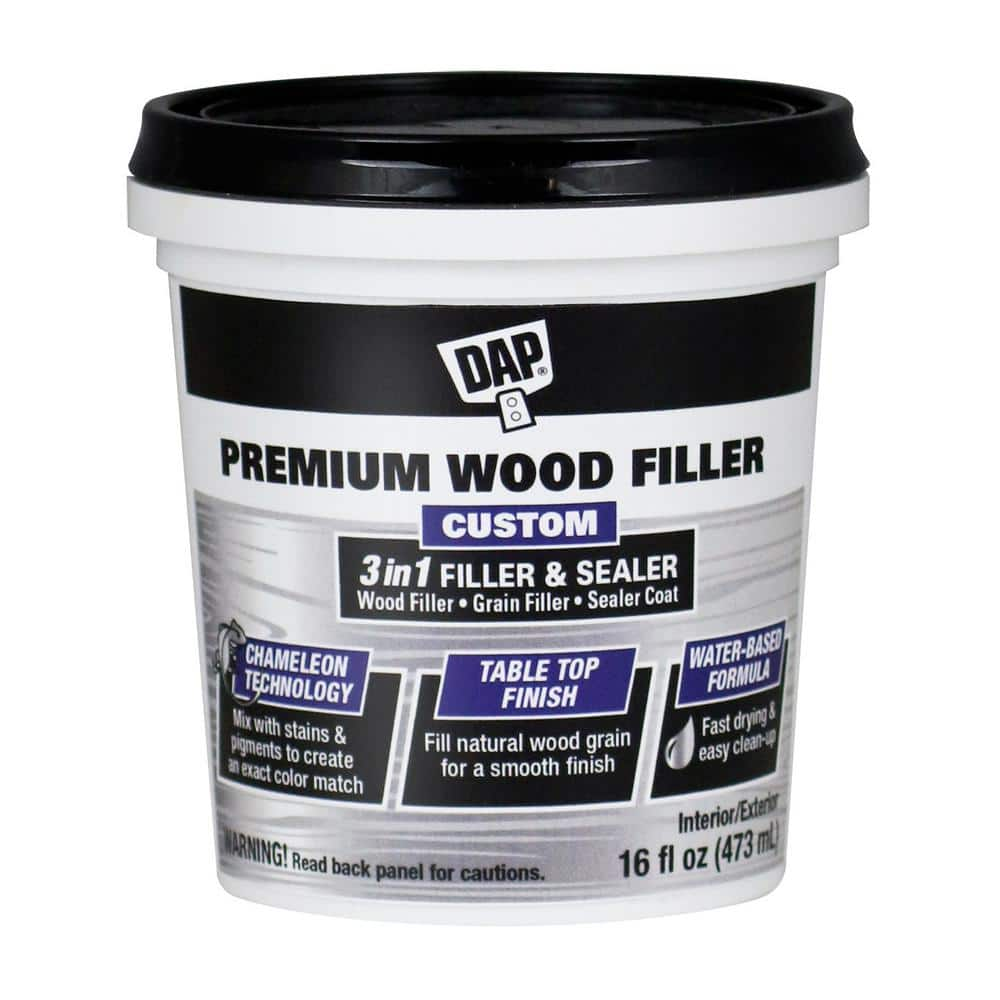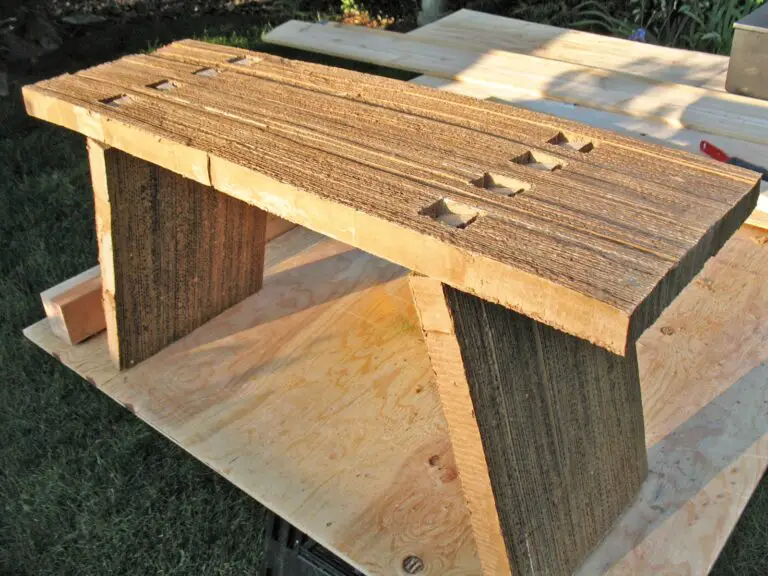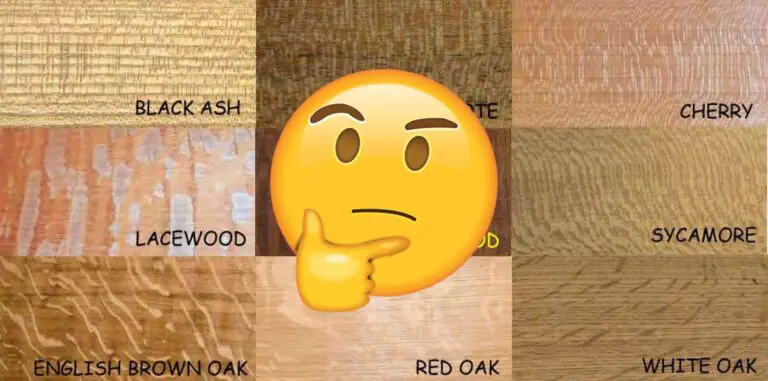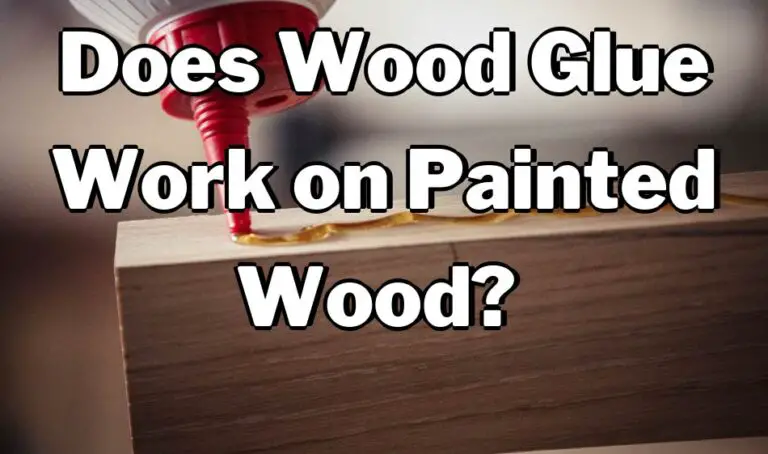What is the Best Wood Filler : Top-Rated Options
Wood filler is a versatile product that is used to repair and restore wood surfaces. Whether you are a professional carpenter or a DIY enthusiast, having the best wood filler on hand is essential for any woodworking project. But with so many options available, how do you know which wood filler is the best for your needs? In this guide, we will explore the various types of wood fillers, their uses, and the best wood fillers on the market to help you make an informed decision.
Types of Wood Fillers
Wood fillers come in various types, each with its own unique properties and uses. Understanding the differences between these types of wood fillers is crucial in choosing the best one for your specific project.
1. Cellulose-based Wood Fillers
Cellulose-based wood fillers are made from wood fibers and a binder such as lacquer. They are easy to sand and accept stain well, making them a popular choice for filling small cracks, holes, and gaps in wood. However, they are not suitable for outdoor use as they are not waterproof.
2. Epoxy Wood Fillers
Epoxy wood fillers are durable and water-resistant. They are ideal for repairing rotted wood and can be used for both indoor and outdoor applications. Epoxy wood fillers are known for their strength and ability to bond well with wood, making them suitable for high-traffic areas.
3. Vinyl-based Wood Fillers
Vinyl-based wood fillers are easy to work with and are known for their quick drying time. They are suitable for both indoor and outdoor use and can be sanded, painted, or stained to match the surrounding wood surfaces. Vinyl-based wood fillers are ideal for filling large voids and gaps in wood.
Factors to Consider When Choosing the Best Wood Filler
When selecting the best wood filler for your project, there are several factors to consider to ensure that you choose the right product for the job.
1. Type Of Project
Consider the type of project you are working on. Are you filling small cracks and holes, or repairing rotted wood? Different wood fillers are designed for specific applications, so it’s essential to choose one that suits your project requirements.
2. Indoor Vs. Outdoor Use
Determine whether the wood filler will be used indoors or outdoors. Some wood fillers are not suitable for outdoor applications as they may not be waterproof or UV-resistant. Be sure to select a wood filler that is appropriate for the intended environment.
3. Stainability And Paintability
If you plan to stain or paint the wood surface after filling, it’s important to choose a wood filler that accepts stain or paint well. Some wood fillers may not blend seamlessly with the surrounding wood when stained or painted, so consider this when making your selection.
The Best Wood Fillers on the Market
Now that you understand the different types of wood fillers and the factors to consider when choosing one, let’s take a look at some of the best wood fillers available on the market.
| Wood Filler | Type | Best For |
|---|---|---|
| Abatron WoodEpox | Epoxy | Rotted wood repair |
| Minwax High-Performance Wood Filler | Cellulose-based | Small repairs and finishing |
| 3M Bondo Wood Filler | Vinyl-based | Large voids and gaps |
These wood fillers have been highly rated for their performance, durability, and ease of use. Whether you are filling small cracks, repairing rotted wood, or filling large voids, there is a wood filler on the market that is perfect for your needs.

Credit: www.homedepot.com
Frequently Asked Questions On What Is The Best Wood Filler : Top-rated Options
What Is Wood Filler Used For?
Wood filler is used to repair imperfections in wood surfaces, such as cracks and holes.
How Do I Choose The Best Wood Filler?
Consider the type of project, color match, and drying time for the best wood filler selection.
Can Wood Filler Be Stained Or Painted?
Yes, wood filler can be stained or painted to blend seamlessly with the surrounding wood.
What Are The Different Types Of Wood Fillers?
The various types of wood fillers include latex, epoxy, cellulose-based, and vinyl-based options.
Conclusion
Choosing the best wood filler is essential for achieving professional-looking results in your woodworking projects. By understanding the different types of wood fillers, considering the factors that are important for your specific project, and exploring the best wood fillers available, you can make an informed decision and select the perfect wood filler for your needs.
Remember to always follow the manufacturer’s instructions when using wood fillers and test the product on a small area before applying it to the entire surface. With the right wood filler in your toolkit, you can confidently tackle any wood repair or restoration project with ease.






